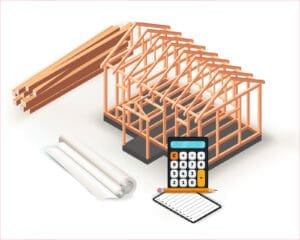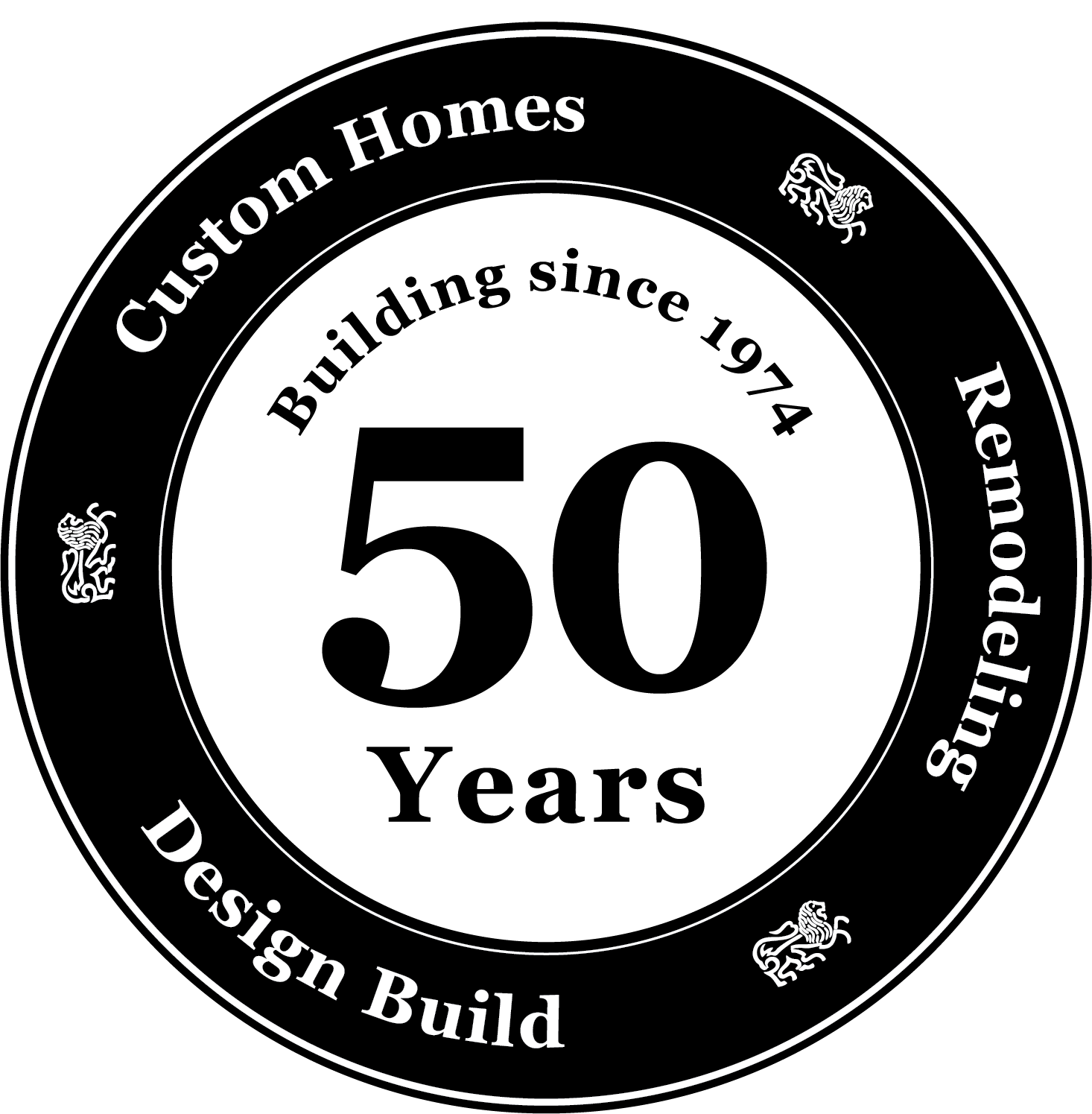Do you hear that? It’s the sound of hammers and nails.
More people are building today than they have since before the 2008 housing crisis. In the current market, the supply is low and the demand is high, motivating families to build their own house to their own specifications, rather than pay above asking price or deal with a bidding war for a house they don’t absolutely love.
Overall, this is a good environment for professional builders like us as well as anyone looking for a home truly customized to them. We’ve noticed key trends and technologies for builders and designers to note.
Political decisions all the way down to weather patterns can affect the work we do. So it’s important for us to be aware. If you’re interested in building a home for your family in the near future, you may find these updates interesting too.

Trends in Project Methods
Three prevalent methods* are altering the building industry – Design-Build, Integrated Project Delivery, and Public-Private Partnerships. We’ve simplified all 3 methods below.
1. You’ve probably heard the term “design-build” before, if you’ve followed us long enough. It’s actually the model we use within our own organization. The design-build process consolidates the design and construction phases into one. This can make almost everything more efficient, from communication and budgeting all the way to the final finishes in your new home.
2. The Integrated Project Delivery method involves the home owner, architect, contractor and other project stakeholders using a single contract to determine project goals, costs, risk-sharing, compensation, and final execution together. This is a practice utilized in many other sectors. It’s presence in the home-building and construction industries is a response to the decades-long reputation of building projects being underproductive and over-budget.
Similar to the first method we mentioned, the Integrated Project Delivery method promotes collaboration and information sharing from concept to completion of a project. However, this method differs from Design-Build because it not only brings architects and builders together on the front end, rather all participants come together for all decision-making and they work together throughout the entire process.
3. The Public-Private Partnership method involves a government entity hiring someone from the private sector to manage most aspects of a building project. The private entity will operate and maintain the facility before turning it back over to the entity that owns the project. This method, however, has a broad definition. Organizations are often motivated by this method because of the financing options it offers.
In summary, all 3 of these methods promote collaboration and customization, which points to a decrease in the demand for “spec” homes in the coming years.
The Impact of Legislation & Economics
During the recession of the previous decade, a large part of the construction workforce was forced to leave the industry for other jobs. This labor shortage still affects our industry today. As with any new administration, construction businesses are waiting to see what changes may come with the upcoming election, especially concerning trade and infrastructure spending. A rise in the cost of material and labor is also expected this year, which will affect the construction industry and beyond.
The Impact of New Technology
Many are wondering what automation will look like in the building industry in the next few years. Some companies are now experimenting with the use of drones in construction. Virtual reality could also become a more utilized tool that could take design and project management to the next level. All these developments are still in their early stages. But each of them could make the home-building process even more efficient and interactive.
We don’t know about you, but our team is excited to do more research on these updates. We’re committed to keeping a pulse on our industry. No matter the environment or the change in method, though, we believe families will always need homes built for them. We plan to continue honing our skills and doing what we love.
*constructiondive.com

